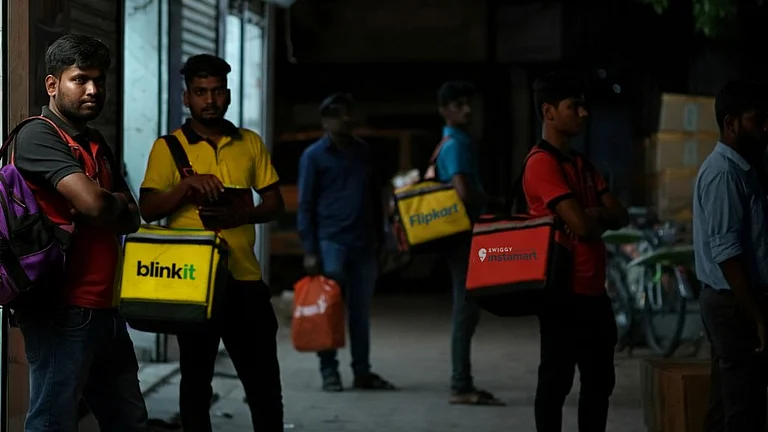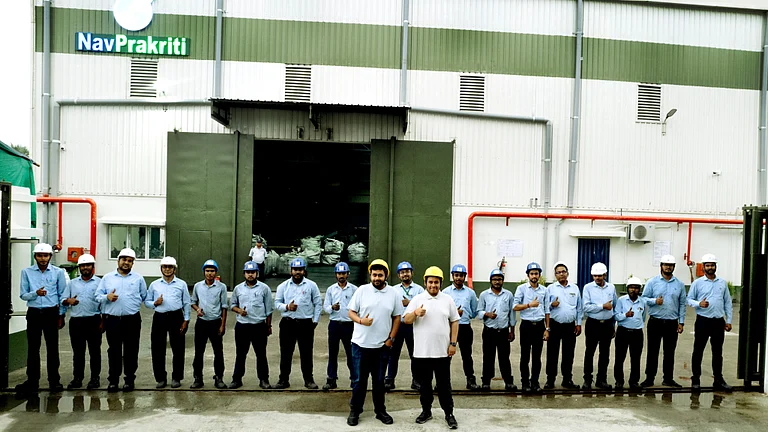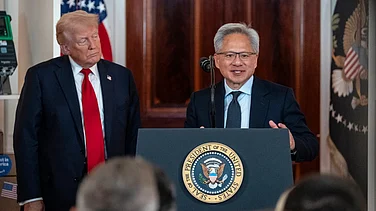
Tier-2/3 cities are playing a dual role as demand centres and talent sources in festive hiring
Flexi-staffing grew 16–20% in smaller cities vs 9–10% nationally, per TeamLease
Delivery workforce in quick commerce surged 30–50% YoY
Non-metro cities are expected to play a dual role in the quick commerce sector during the upcoming festive season, according to TeamLease Services, India’s leading staffing and recruitment company. The similar shift is also reflected in the sharp rise of flexi-staffing in smaller cities.
Flexi-staffing refers to a workforce model where companies hire employees on a temporary contract basis to meet fluctuating business needs. While it grew across India by 9-10% over the last year, tier 2 and 3 cities outpaced the trend with 16-20% growth rate, as per data shared by the company.
“This growth is fueled by rising consumption, helped by government announcements and RBI measures to boost consumption and digitisation in non-metros, expanding last-mile logistics, retail, BFSI, electronics units, and government initiatives like PM Gati Shakti and PLI,” Kartik Narayan, CEO-Staffing, TeamLease Services told Outlook Business.
He stated that cities like Indore, Nagpur, Kochi, Lucknow, Jaipur, Coimbatore, and Ranchi are likely to feature prominently in workforce mobilisation plans, with improved infrastructure and tech-enabled onboarding helping bridge supply-demand gaps efficiently.
This growing reliance on non-metro hubs reflects deeper shifts in both consumption patterns and hiring strategies. Narayan noted that a mix of rising demand, policy tailwinds, and digital infrastructure is making non-metro cities to workforce mobilisation efforts this festive season.
Despite the rising demand for delivery personnel in tier 2 and 3 cities, compensation for gig workers is expected to remain steady this year, said Narayan, while anticipating only modest increases. Instead, employers will focus more on other incentives like attendance bonuses, surge-time benefits, etc.
“While most gig workers still earn between ₹2.5 to ₹5 lakh annually, and a few even earn less, employers are focusing more on performance-linked incentives this festive season. Dynamic payouts, attendance bonuses, and surge-time incentives are becoming more common, especially in logistics and delivery roles,” he said.
These additional incentives are helping improve workforce retention during high-demand periods, according to TeamLease Services.
Overall, the demand for delivery partners in the quick commerce space has grown significantly over the last 12–18 months, in line with the rapid expansion of 10–20 minute delivery models across urban centres.
“While the overall workforce grew by 25-30%, the delivery workforce has seen an estimated 30-50% growth over the last year. On a quarter-on-quarter basis, demand typically peaks during festive periods, but 2025 has shown consistent baseline growth as quick commerce solidifies its role in last-mile retail fulfillment,” the company added.
However, the company, in its latest report, stated that 31% of employers cited high attrition as the top concern because delivery workforce remains a structural challenge in quick commerce. This shows the fragility of frontline gig roles, especially in the absence of festive demand peaks.

































